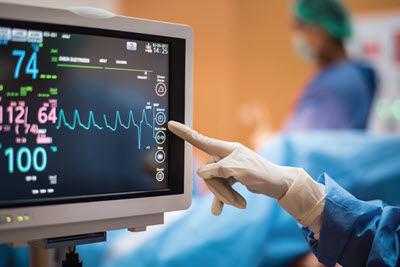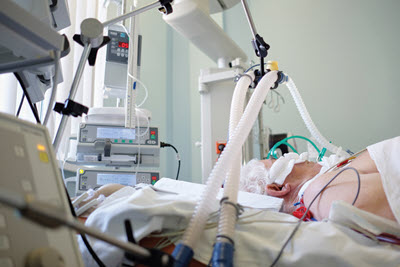Know Joint Size for Accurate Arthrocentesis Coding
Use nebulous CPT® descriptors as guidepost for other joints. Patients who report to the ED with swollen or painful joints could end up needing arthrocentesis to alleviate the discomfort. When this happens, you need to be ready to roll out all of the codes you’ll need to report. The arthrocentesis code you choose will depend on joint size and whether guidance was used. Get either of these variables wrong, and you could end up miscoding the claim. You’ll also need to know whether or not the ED physician performed any other codeable services during the encounter. Check out this advice on how to report arthrocentesis right the first time. ED E/M Will Lead to Arthrocentesis When a possible arthrocentesis patient arrives in the ED, the ED physician will make the decision for arthrocentesis based (at least partly) on the evaluation and management (E/M) service, confirms Carol Pohlig, BSN, RN, CPC, manager of coding and education in the department of medicine at the Hospital of the University of Pennsylvania in Philadelphia. “Depending on the presenting patient symptoms or complaints, the provider may examine the patient and suggest arthrocentesis,” she explains. “Arthrocentesis can be performed for swollen or painful joints. The goal could be fluid removal for sampling or draining the joint, instillation of medication to decrease inflammation or pain and preserve the joint.” Report the E/M that leads to arthrocentesis with a code from the 99281 (Emergency department visit for the evaluation and management of a patient that may not require the presence of a physician or other qualified health care professional) through 99285 (Emergency department visit for the evaluation and management of a patient, which requires a medically appropriate history and/or examination and high level of medical decision making) set. The physician might need to confirm the need for arthrocentesis through X-rays; when this occurs, be sure to code accordingly. Don’t forget: If your physician performs any other services prior to arthrocentesis, be sure to report those as well, if it is allowable. “In the urgent care, emergency department, and inpatient setting, need for arthrocentesis is commonly based off of E/M, US [ultrasound], and MRI [magnetic resonance imaging],” explains Brian Piazza, MD, MSc, Pediatric Orthopaedic Surgeon at Children’s Orthopaedic and Scoliosis Surgery Associates Associated with Johns Hopkins All Children’s Hospital. “Advanced imaging is commonly performed prior to aspirating deep joints such as a hip.” Report Arthrocentesis With These Codes When the ED physician makes a decision to perform arthrocentesis, you’ll choose among the following codes for the service: You’ll notice that the descriptors include details on the size of the joint: small, intermediate, or major. But there are about 350 joints in each human being, so deciding the joint size can get tedious. Do this: “I decide the code based off relative size of joint related to joints that are listed in descriptors,” Piazza says. He lists a small key that you can use to compare joint sizes: Check Out This Clinical Example To get an idea of how arthrocentesis might look in the real world, check out this example from Pohlig: A patient with osteoarthritis of the left knee reports complaining of progressive joint pain in the left knee. It is becoming more difficult to get around, climb stairs and do normal activities. The patient has been on oral medication and tried conservative measures. After reviewing the images of the updated X-rays from radiology, the physician confirms the progression and suggests a viscosupplementation injection to the left knee in an effort to cushion and lubricate the joint. The physician injects the patient in the left knee with 2 mL of Synvisc. Encounter notes indicate a moderate level of medical decision making (MDM) during the encounter. For this encounter, you’d report:





